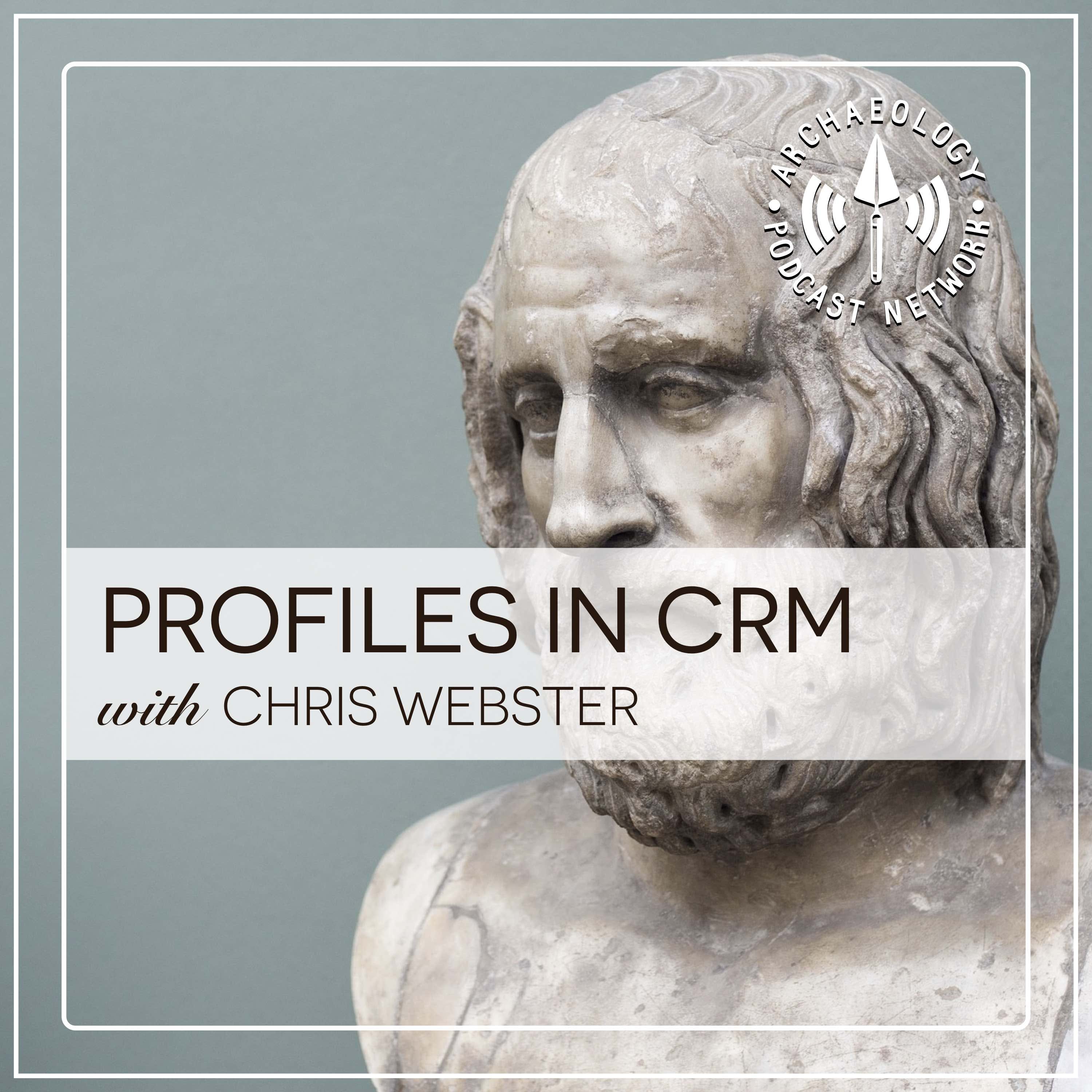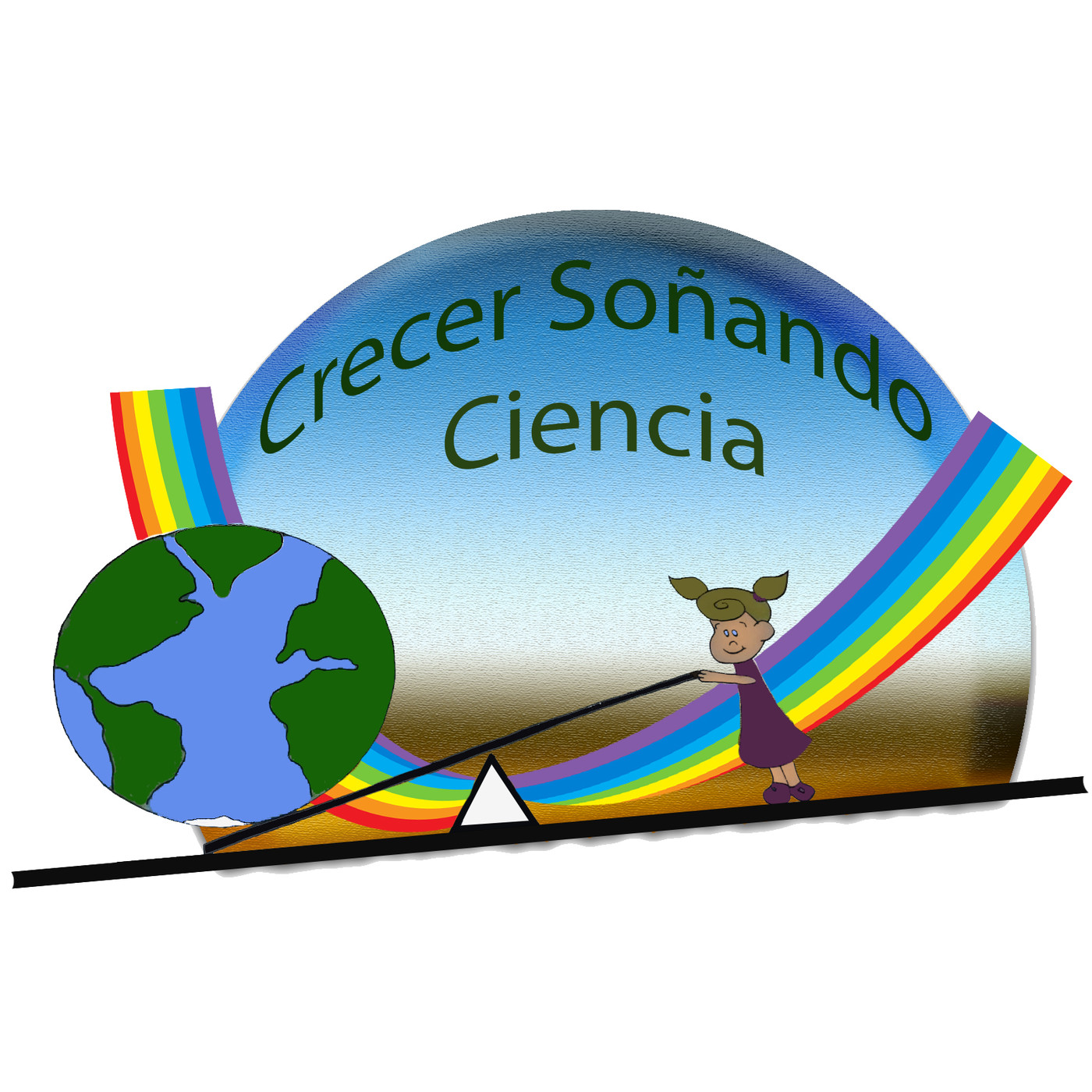 |
biophon - Geschichten aus Biowissenschaft und ForschungAuthor: biophon Language: de-de Genres: Natural Sciences, Nature, Science Contact email: Get it Feed URL: Get it iTunes ID: Get it Trailer: |
Listen Now...
bp43: Zusammen wachsen - Über die Domestikation unserer Kulturpflanzen
Episode 43
Saturday, 9 December, 2023
50% ihrer Kalorien bezieht die Weltbevölkerung aus nur drei Gräsern: Weizen, Mais, und Reis. Vor ungefähr 10 000 Jahren waren es die Vorfahren dieser Pflanzen, die unsere steinzeitlichen Ahnen zur Sesshaftigkeit erzogen, und sich im Gegenzug domestizieren liesen. Seitdem dreht sich unsere Zivilisation um die Kultivierung von Pflanzen. Höchste Zeit also, dass wir uns die ganze Sache im zweiten Teil unserer Miniserie über Domestikation einmal genauer anschauen! Was hat es zum Beispiel mit Apikaldominanz, Ährenbrüchigkeit und Ähnlichem zu tun, und warum kommt keine Getreidesorte ohne diese Eigenschaft aus? Warum wurden einige Pflanzen domestiziert, und andere nicht? Und aus welcher Ecke der Welt stammt eigentlich welches Gewächs? Wie wichtig es für uns ist, dass die Menschheit und ihre grünen Schützlinge weiterhin zusammen wachsen, zeigt uns nicht nur eine Episode aus der Sowjetunion, sondern auch die aktuellen Debatten um Klimawandel und Gentechnik. In diesem Sinne - wir sind, was wir essen, aber wir essen auch, was wir sind: Außerordentlich domestiziert.Quellen Crow, James F. "NI Vavilov, martyr to genetic truth." Genetics 134.1 (1993): 1. GAG155: Trofim Lysenko und der Lysenkoismus der SowjetunionCrop Domestication: why only wheat, maize and rice? Talk by Dr. Mark Chapman for the Gatsby Plant Science Education Programme, 02. 11.2022 Doebley, John, Adrian Stec, and Lauren Hubbard. "The evolution of apical dominance in maize." Nature 386.6624 (1997): 485-488. Fang, Zhou, and Peter L. Morrell. "Domestication: Polyploidy boosts domestication." Nature plants 2.8 (2016): 1-2. Piperno, Dolores R., et al. "Experimenting with domestication: Understanding macro-and micro-phenotypes and developmental plasticity in teosinte in its ancestral pleistocene and early holocene environments." Journal of Archaeological Science 108 (2019): 104970. Bildquelle für V. Nanjundiah, R. Geeta, and V. V. Suslov. "Revisiting NI vavilov’s “The law of homologous series in Variation”(1922)." Biological Theory 17.4 (2022): 253-262. "Von Kreuzen bis Genome Editing: Die Verfahren der Pflanzenzüchtung im Überblick", https://www.transgen.de/, 06.12.2023 Bildquellen: Nikolai Vavilov, Russian botanist and geneticist, Public domain, Via Wikimedia commonsSoviet pseudoscientist Trofim Denisovich Lysenko , Public domain, Via Wikimedia commonsTeosinte and Maize, Figure 1 aus Doebley, John, et al. "Genetic and morphological analysis of a maize-teosinte F2 population: implications for the origin of maize." Proceedings of the National Academy of Sciences 87.24 (1990): 9888-9892. Polyploidy, Figure 1 aus Fang, Zhou, and Peter L. Morrell (siehe Quellen)Apikaldominanz in Teosinte, Figure 5 aus PSupport the show--------------Wer uns unterstützen möchte (Danke!), hat hier die Möglichkeit dazu: support.biophonpodcast.de










